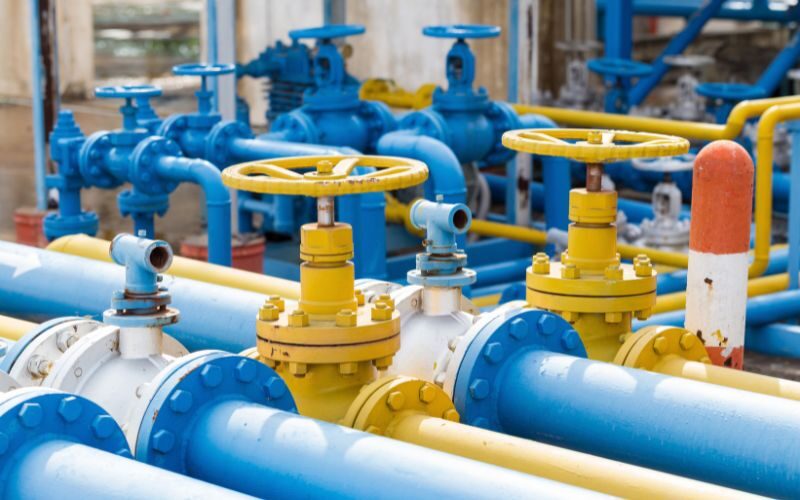They regulate the flow and pressure of substances within these pipelines. This regulation allows for safe and efficient operation, thereby contributing to your business’s bottom line.
However, if you don’t have enough valves, controlling your pipeline will be more difficult. Fortunately, you can insert these parts into your system after the fact. It’s easier said than done, so we recommend learning these things you should know about pipeline valve insertions before you start.
Identify the Right Type of Valve
Before you insert a valve into a pipeline, you know to be aware of the different types of valves and their specific uses. Gate valves, ball valves, butterfly valves, and check valves are some of the common types, so make sure you learn their pros and cons before picking one. Typically, though, the selection will depend on factors such as the nature of the fluid, the required flow rate, and the operating pressure and temperature.
Pay Attention to the Size
The size of the valve must match the size of the pipeline precisely to ensure optimal functionality. An incorrectly sized valve can give rise to a range of operational issues, including potential leakage or inefficient flow control. Therefore, it is of utmost importance to meticulously measure the internal diameter of the pipeline before proceeding with the valve selection process.
Consider the Materials
On top of size requirements, the material of the valve should be compatible with the substance flowing through the pipeline. For instance, if the pipeline carries corrosive substances, the valve material should be able to resist corrosion. Materials commonly used for valves include brass, bronze, cast iron, ductile iron, stainless steel, and plastic.
Learn the Installation Procedure
Proper installation of the valve is crucial for optimizing its performance and ensuring its long lifespan. It is important to install the valve in a manner that facilitates easy access for maintenance and promotes efficient functionality. You must consider the direction of flow and the position of the valve, whether it is horizontal or vertical, as these factors can significantly impact its operation and longevity.
Taking these important considerations into account during installation will help to maximize the valve’s effectiveness and minimize potential issues in the future. However, due to their complexity, it’s often better to hire outside professionals who are well accustomed to these processes.
Comply With Industry Standards
Before inserting a valve into a pipeline, knowing if your valve will comply with relevant industry standards and regulations while adhering to specific safety, reliability, and performance requirements is crucial. Non-compliance can lead to significant penalties, legal consequences, and, more importantly, potential safety hazards that could endanger lives and assets. Make sure you learn how to navigate regulatory compliance for valve insertion and check all safety guidelines before starting. This knowledge will help ensure your insertion process goes as smoothly as possible.
-------------------------------------------------------------------------------------------------------------
-------------------------------------------------------------------------------------------------------------
home remodeling reference (links to internal page)
 |
 |
 |
 |
| directory | photos | forms | guide |
Helpful article? Leave us a quick comment below.
And please share this article within your social networks.











